Dental Fillings
Small fixes for big smiles with dental fillings.
Cavity repair that restores your teeth to their natural strength for a healthier smile with our dental fillings in Hamilton. Seamlessly bring back functionality and aesthetics to your smile.
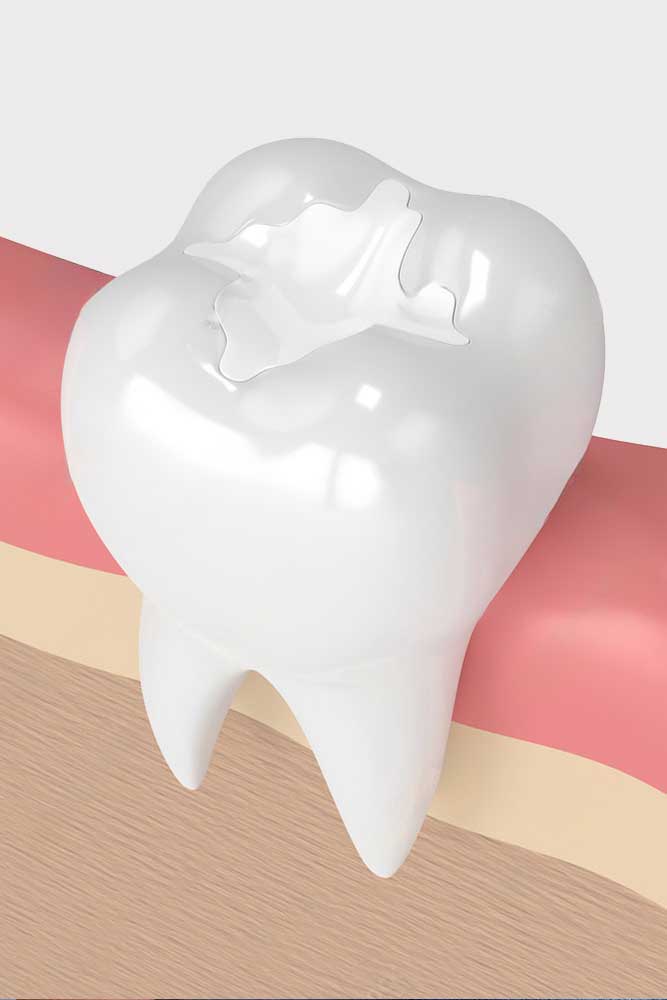

Virtually pain-free.
Only one appointment.
Dental Fillings
Dental fillings are a standard procedure to repair teeth damaged by decay, restoring them to normal function and shape. Our composite resin fillings not only repair the damage but also prevent further decay inside the tooth.
When are dental fillings recommended?
High-quality dental crowns are often recommended for the following situations:
To repair tooth decay and cavities
Chipped or broken teeth
Minor fractures
Replace old fillings
Preventative measures
Aesthetic corrections
Cavities and dental fillings are the most common procedures at our dentist’s office, and patients have nothing to worry about. Tooth decay can occur for many reasons; if it does, it must be removed. This is done by drilling out the affected tooth area and plugging the resulting hole or gap with a dental filling. This helps stop the tooth from hurting, prevents further decay and restores good oral health.
Signs you might need a filling
Recognizing the signs that you might need a dental filling
is important for addressing dental issues before they worsen.
Some common signs you need a dental filling include:

Toothache or continuous pain
Visible holes or pits in teeth
Tooth sensitivity
Dark spots or stains on teeth
Changes in tooth texture
Damage or loss of an existing filling
The dental filling procedure
Your dentist examines the affected tooth, possibly including X-rays, to determine the extent of the decay or damage.
A local anesthetic is administered to numb the area around the affected tooth to minimize discomfort. This ensures the patient is comfortable throughout the procedure
Your dentist will use a drill, air abrasion instrument, or laser to remove the decayed material from the tooth. The choice of instrument depends on the extent of the decay, the dentist’s training, and the patient’s comfort and preference. A dental drill is most commonly used.
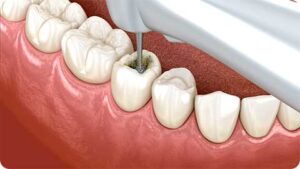
After removing the decay, your dentist will clean the cavity of bacteria and debris to prepare it for the filling.
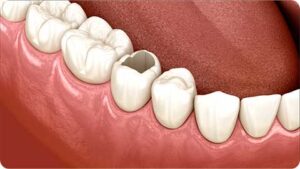
Your dentist then fills the cleaned cavity with the chosen filling material., usually a composite resin which will result in a tooth-colored filling. The resin is then hardened using a UV light.
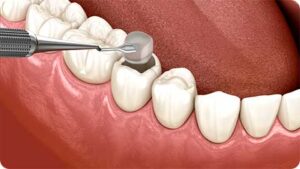
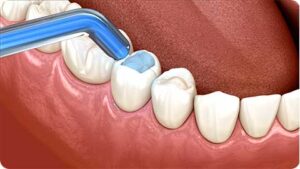
Once the cavity is filled, your dentist will shape and trim the filling material to ensure a comfortable and natural fit. This step also involves polishing the filling to smooth its surface and ensure it matches the bite of the opposing teeth.
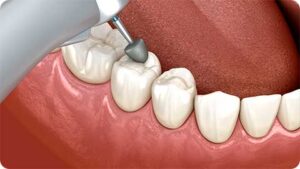
Your dentist will ask you to bite down to check the alignment and ensure there are no high spots on the filling. If necessary, further adjustments are made to ensure a comfortable bite. After adjustments have been made, a final inspection will be done, and that’s it – filling placed, tooth decay gone.
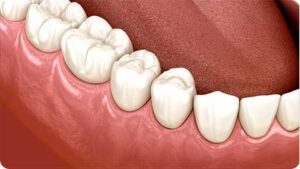
Why choose us for dental crowns & bridges?
Our expertise
Our experience
Our quality
Our skilled dental professionals and staff are experts in crown and bridge procedures. Our office specializes in restoring and enhancing smiles using the latest techniques and technology to ensure functional and aesthetically pleasing dental restorations.
Our team has the experience to provide personalized solutions that blend seamlessly with your natural teeth. From the first consultation to the final fitting, our team knows how to make the procedure process hassle-free and successful.
We understand the importance of function and aesthetics, which is why we use only the highest-quality materials and cutting-edge techniques. Our smile restoration work ensures every patient leaves our clinic with a stronger, more beautiful smile.
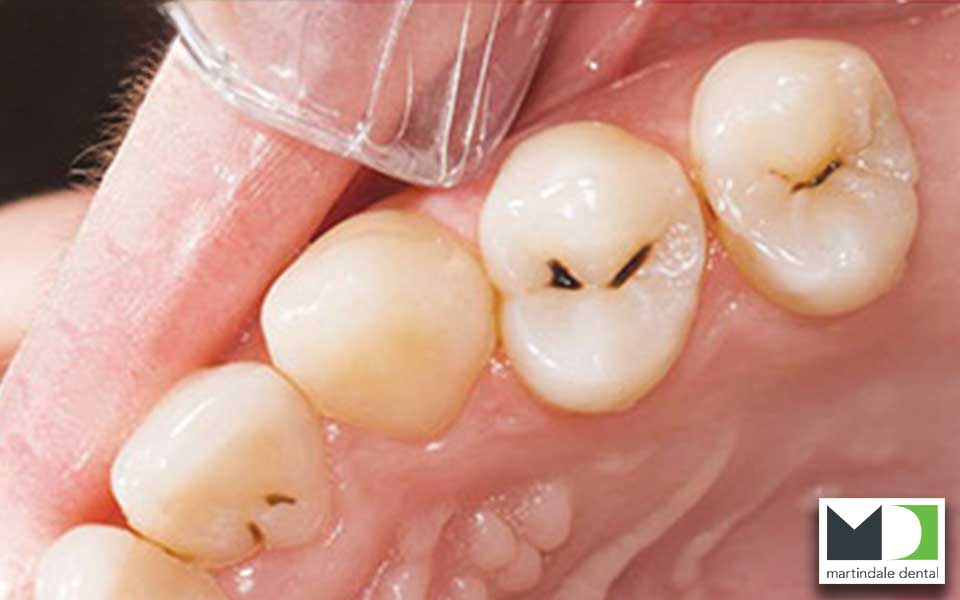
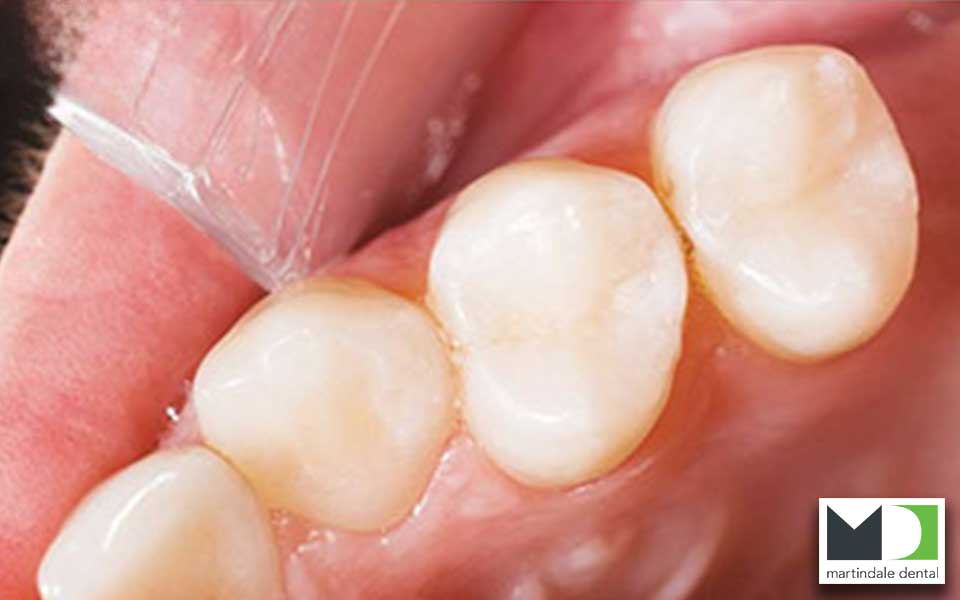
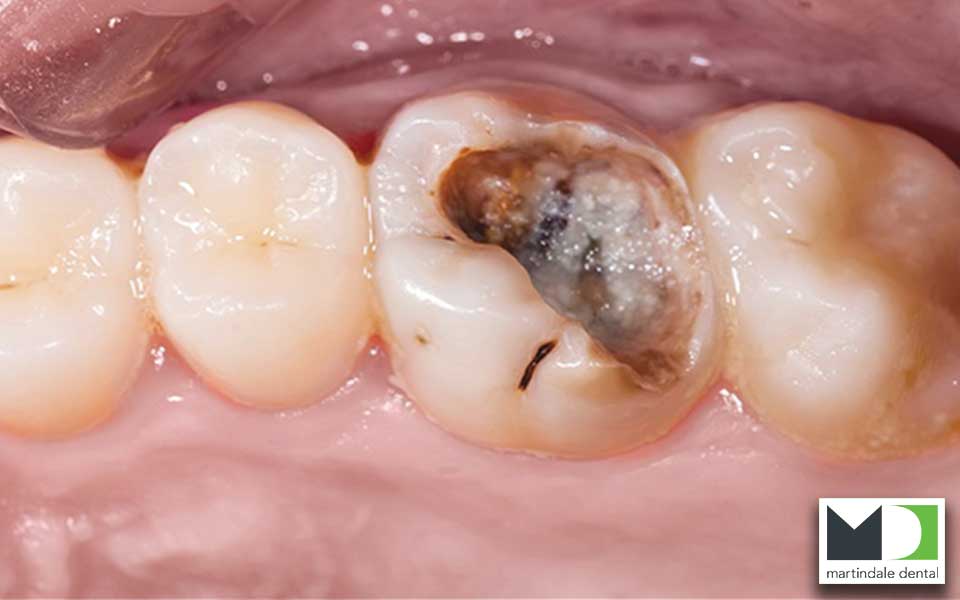
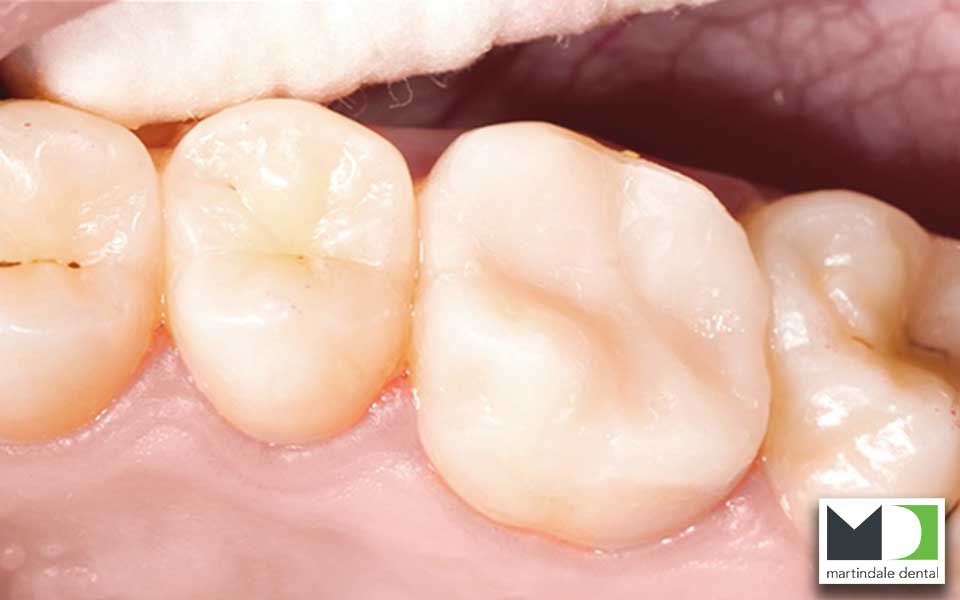
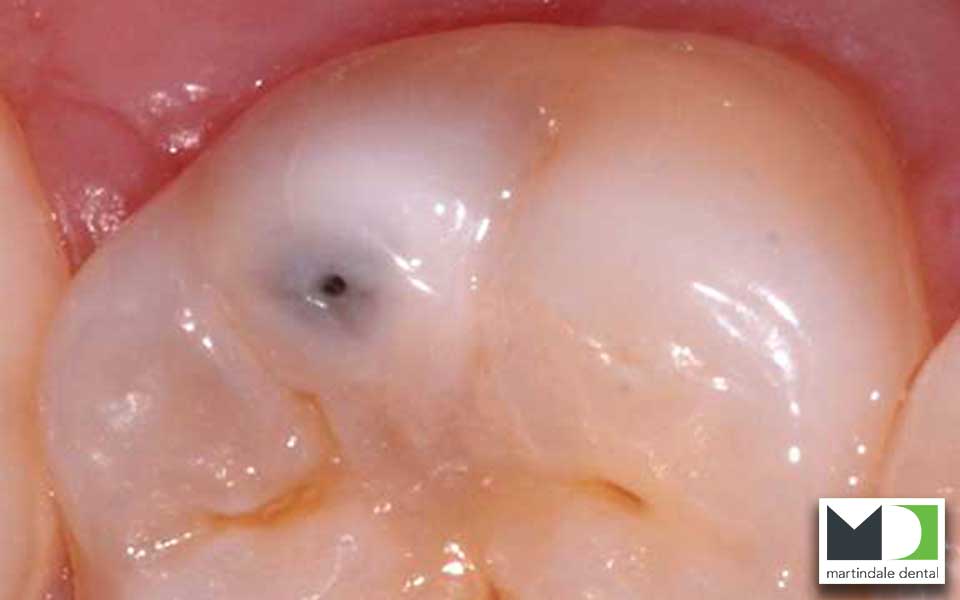
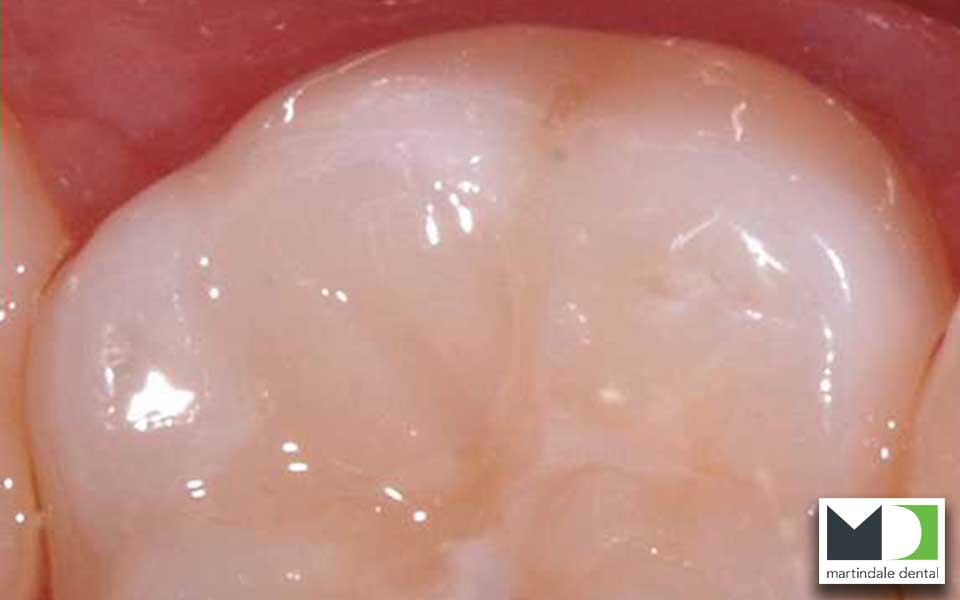
Dental filling FAQ
Dental fillings work best on more minor tooth decay, so it’s helpful if your dentist notices it early. That said, even moderate decay can still be repaired with a filling but it will largely depend on the location and extent of damage.
In cases where the decay is too extensive, a dental filling may not be adequate, and alternative treatments like crowns, root canals, or even extractions may be necessary.
Discomfort is minimal, primarily since a local anesthetic is used to numb the area. Minor cavities may not even require an anesthetic. There may be some minor discomfort once the freezing wears off, in which case an over-the-counter painkiller can be taken.
Depending on the type, they can last from 5 to 15 years, sometimes longer with good care.
Maintain good oral hygiene with regular brushing and flossing, and avoid very hard or sticky foods immediately after.
Maintain good oral hygiene with regular brushing and flossing, and avoid very hard or sticky foods immediately after.
Risks are minimal but can include sensitivity and, in rare cases, allergic reactions to filling materials.
The duration of a dental filling treatment depends on the size of the decayed area that needs to be repaired. Generally, a cavity can be filled in 15 to 30 minutes, and our office typically offers same appointment repairs.
Ready to restore
your smile?
Book your free consultation at our
Jackson Square Mall location now.
Dental Fillings
Small fixes for big smiles with dental fillings.
Cavity repair that restores your teeth to their natural strength for a healthier smile with our dental fillings in Hamilton. Seamlessly bring back functionality and aesthetics to your smile.
Virtually pain-free.
Only one appointment.
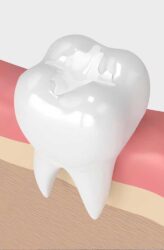

Dental Fillings
Dental fillings are a standard procedure to repair teeth damaged by decay, restoring them to normal function and shape. Our composite resin fillings not only repair the damage but also prevent further decay inside the tooth.
When are dental fillings recommended?
Dental fillings are often recommended for the following situations:
To repair tooth decay and cavities
Chipped or broken teeth
Minor fractures
Replacing old fillings
Preventative measures
Aesthetic corrections
Your dentist will determine whether dental crowns are the best restoration option for your situation or if procedures such as dental veneers or dental implants would provide a better treatment outcome.
Signs you might need a dental filling
Recognizing the signs that you might need a dental filling
is important for addressing dental issues before they worsen.
Some common signs you need a dental filling include:
Toothache or continuous pain
Visible holes or pits in teeth
Tooth sensitivity
Dark spots or stains on teeth
Changes in tooth texture
Damage or loss of an existing filling
The dental filling procedure
Your dentist examines the affected tooth, possibly including X-rays, to determine the extent of the decay or damage.
A local anesthetic is administered to numb the area around the affected tooth to minimize discomfort. This ensures the patient is comfortable throughout the procedure
Your dentist will use a drill, air abrasion instrument, or laser to remove the decayed material from the tooth. The choice of instrument depends on the extent of the decay, the dentist’s training, and the patient’s comfort and preference. A dental drill is most commonly used.

After removing the decay, your dentist will clean the cavity of bacteria and debris to prepare it for the filling.

Your dentist then fills the cleaned cavity with the chosen filling material., usually a composite resin which will result in a tooth-colored filling. The resin is then hardened using a UV light.


Once the cavity is filled, your dentist will shape and trim the filling material to ensure a comfortable and natural fit. This step also involves polishing the filling to smooth its surface and ensure it matches the bite of the opposing teeth.

Your dentist will ask you to bite down to check the alignment and ensure there are no high spots on the filling. If necessary, further adjustments are made to ensure a comfortable bite. After adjustments have been made, a final inspection will be done, and that’s it – filling placed, tooth decay gone.

Why choose us for dental crowns & bridges?
Our expertise
Our skilled dental professionals and staff are experts in crown and bridge procedures. Our office specializes in restoring and enhancing smiles using the latest techniques and technology to ensure functional and aesthetically pleasing dental restorations.
Our experience
Our team has the experience to provide personalized solutions that blend seamlessly with your natural teeth. From the first consultation to the final fitting, our team knows how to make the procedure process hassle-free and successful.
Our quality
We understand the importance of function and aesthetics, which is why we use only the highest-quality materials and cutting-edge techniques. Our smile restoration work ensures every patient leaves our clinic with a stronger, more beautiful smile.






Dental filling FAQ
Dental fillings work best on more minor tooth decay, so it’s helpful if your dentist notices it early. That said, even moderate decay can still be repaired with a filling but it will largely depend on the location and extent of damage.
In cases where the decay is too extensive, a dental filling may not be adequate, and alternative treatments like crowns, root canals, or even extractions may be necessary.
Discomfort is minimal, primarily since a local anesthetic is used to numb the area. Minor cavities may not even require an anesthetic. There may be some minor discomfort once the freezing wears off, in which case an over-the-counter painkiller can be taken.
Depending on the type, they can last from 5 to 15 years, sometimes longer with good care.
Maintain good oral hygiene with regular brushing and flossing, and avoid very hard or sticky foods immediately after.
Risks are minimal but can include sensitivity and, in rare cases, allergic reactions to filling materials.
The duration of a dental filling treatment depends on the size of the decayed area that needs to be repaired. Generally, a cavity can be filled in 15 to 30 minutes, and our office typically offers same appointment repairs.
Ready to restore
your smile?
Book your free consultation at our
Jackson Square Mall location now.

